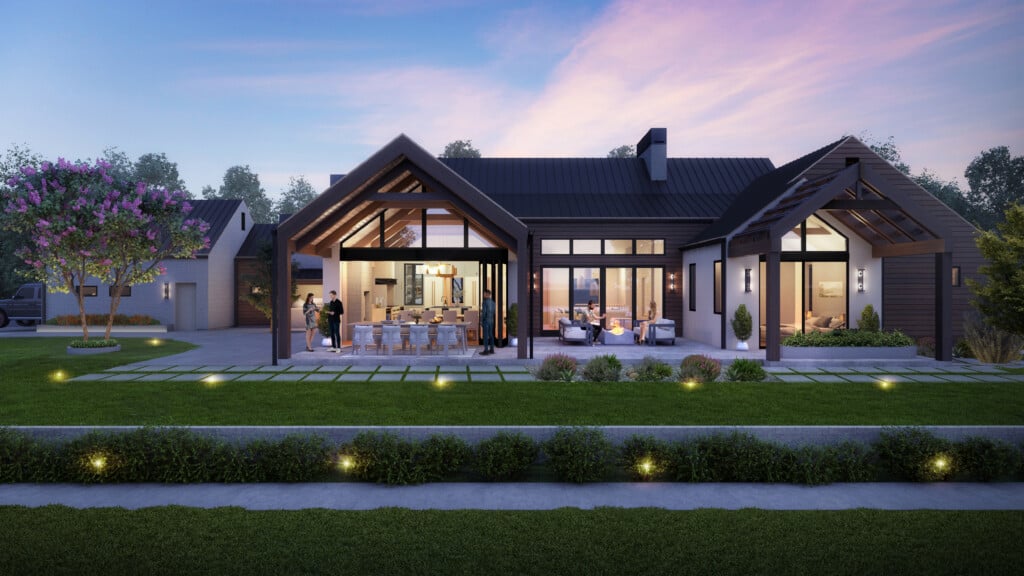There’s a new instrument in the architect’s toolbox!

Not everyone can read and understand floor plans and building sections the way architects do. But for a homeowner, understanding the design is critical to getting the most out of the custom home experience. The sooner a space can be visualized during the design process, the more informed decisions can be made to better meet the project goals.
Using virtual reality, architects can create virtual environments that allow clients to experience their designs in a realistic and immersive manner. Clients can virtually walk through spaces, evaluating spatial layouts, materials, lighting, and overall aesthetics long before construction begins. This provides clients the ability to see an architect’s vision and allows architects to get more detailed feedback on their designs earlier in the design process.
Here are the ways virtual reality integration boosts architect-client collaboration.
Enhanced Communication and Collaboration
Virtual reality bridges the gap between architects and clients by providing a shared visual language that transcends technical jargon. As the client explores their future home in 3D, architects can effectively convey complex design concepts which not only allows for more effective design meetings but also fosters a stronger collaborative relationship built on mutual understanding.
Informed Decision-Making
With a clearer understanding, clients can make informed decisions about design options and modifications. Virtual reality enables clients to visualize how design choices might impact functionality, flow, and overall user experience. This process leads clients to a greater sense of ownership over the project and feeling of participation as a member of the design team.
Real-Time Iterative Feedback
Design changes can be implemented while exploring these virtual spaces. Clients can see their feedback incorporated instantly. This dynamic experience allows for a more thorough and rich iterative design process. Clients can pinpoint specific elements they like or dislike, fostering better communication and reducing the potential for misunderstandings. Should a room be wider, longer or taller? These are the type of questions and answers that can be implemented in real time.
Cost and Time Savings
Virtual reality allows clients and architects to catch potential design flaws or concerns early in the process, reducing the likelihood of costly changes during construction. The ability to virtually explore designs can expedite decision-making, leading to faster project timelines and reduced overall costs.
Incorporating virtual reality into the architect-client relationship offers a transformative approach that empowers clients to actively engage in the design process, resulting in more successful projects that align with their vision and needs.
Chris Aronson, AIA, is Principal Architect and Taylor Meyer, AIA, is a Project Architect at VFLA, an award-winning architecture firm in Fort Collins, Colorado which grounds its practice on sustainable design and a passion for enhancing the human experience through thoughtful design.





